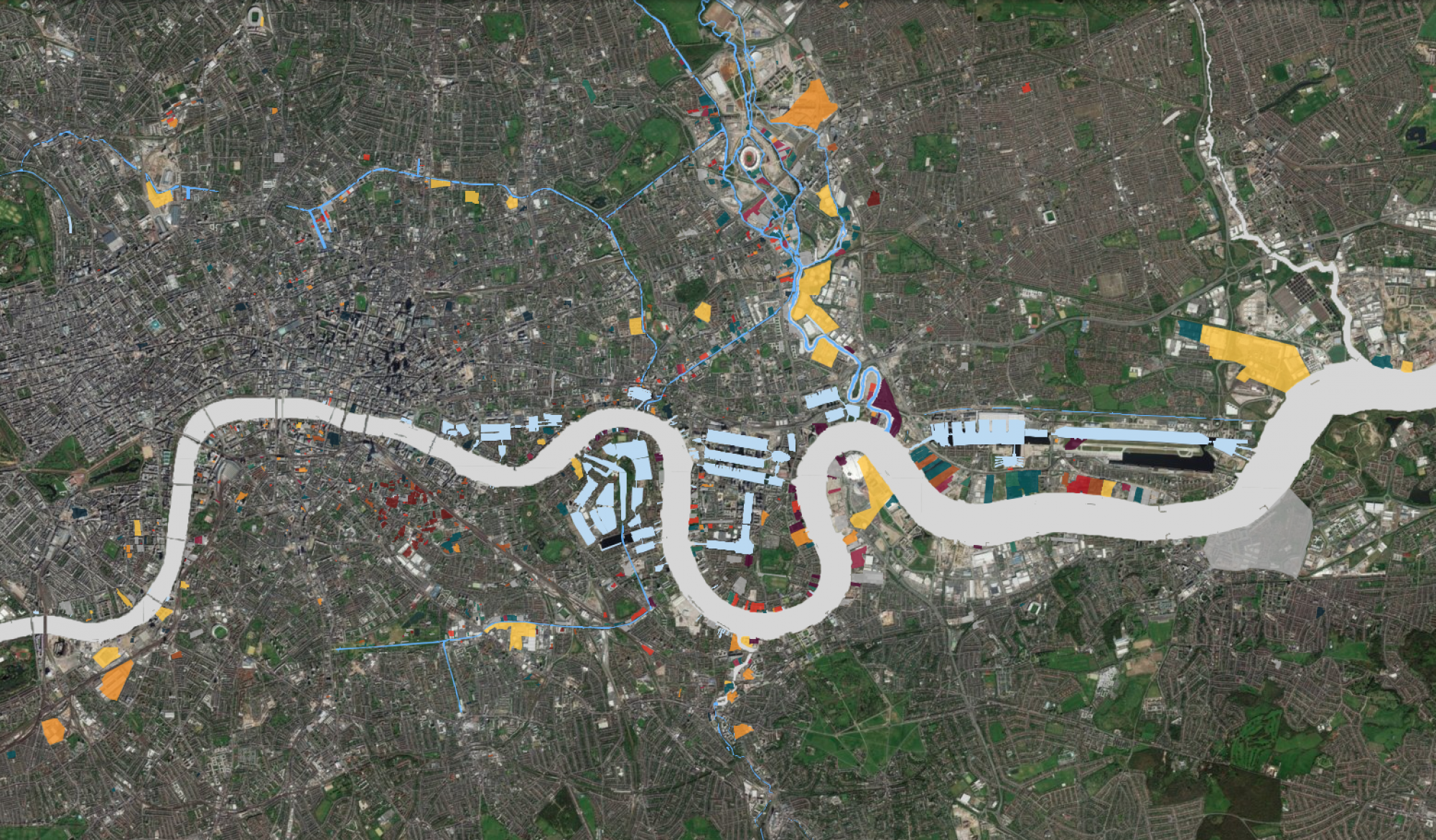- Putnam, Lara. “The Transnational and the Text-Searchable: Digitized Sources and the Shadows They Cast.” The American Historical Review121, no. 2 (April 1, 2016): 377–402. https://doi.org/10.1093/ahr/121.2.377.
- Ben Hoy’s “USER GUIDE: Building Borders on Aboriginal Lands 1860-1924”: Brief Description of Project (page 6), Project Scope (Page 8-9), Digitizing Maps (Page 14-18), Data Entry (18-21), Canada Department of Indian Affairs (DIA) Employees (page 22-25).
Blog post due next week before class.
Explore at least five of the following websites:
- The Liberated Africans Project: http://www.liberatedafricans.org/
- An Infamous Day: http://storymaps.esri.com/stories/2016/pearl-harbor/
- 9/11 Digital Archive: http://911digitalarchive.org
- Geography of the Post: U.S. Post Offices in the Nineteenth-Century West http://www.cameronblevins.org/gotp/
- The Old Bailey Online: https://www.oldbaileyonline.org/
- Montréal, l’avenir du passé (English version available): http://www.mun.ca/mapm/eng/about_frame.html
- Mapping the Republic of Letters: http://republicofletters.stanford.edu/
- Quantifying Kissinger: http://blog.quantifyingkissinger.com/
- Digital Harlem: http://digitalharlem.org/
- The Making of British Landscape: http://arcg.is/2gGUOku
- Occupy Web Archive: http://webarchives.cdlib.org/a/occupy
- Outbreak (digital history game): http://kevinkee.ca/articles/project/outbreak/
- Returning the Voices to Kouchibouguac National Park: http://returningthevoices.ca
- Old Maps Online: http://www.oldmapsonline.org/
- American Panorama: https://dsl.richmond.edu/panorama/:
- Enchanting the Desert: http://enchantingthedesert.com/home/
- The Lucas-Heaton Lettes: http://loudounmuseum.maps.arcgis.com/apps/MapJournal/index.html?appid=8f83bd92c18f40dfbb4a455acbe85f2d&webmap=d69b68d0e43445f8baea7eb27b9f49c4
- Musical Passage: http://www.musicalpassage.org/#home
- Mapping Occupation: http://mappingoccupation.org/
- Six Degrees of Francis Bacon: http://www.sixdegreesoffrancisbacon.com/
- Coloured Conventions: http://coloredconventions.org/
- Wearing gay history: http://www.wearinggayhistory.com/
- Africa Map: https://worldmap.harvard.edu/africamap/
- Becoming Richard Pryor: http://www.becomingrichardpryor.com/pryors-peoria/era/1919-1941/
- Canada’s Year Without a Summer: http://niche-canada.org/yearwithoutasummer/
- 100 Years of In Flanders Fields: http://cityofguelph.maps.arcgis.com/apps/MapJournal/index.html?appid=f39b056d38fe460f8269eed11eb3cd66
- Any other significant digital history project, but please check with me first.
Lab: Content Management Systems and cloud platforms:
- WordPress: WordPress.com
- Wix: http://www.wix.com/
- Weebly: https://education.weebly.com/
- Drupal: https://www.drupal.org/
- Github Pages: https://pages.github.com/
History specific cloud tools:
Explore these tools and create a timeline to embed on your blog:
- HistoryPin
- Timeline JS
Homework: Complete your first required blog post on a digital history project. What is it? What does it offer? Is it valuable? Representative? (Due before class)
